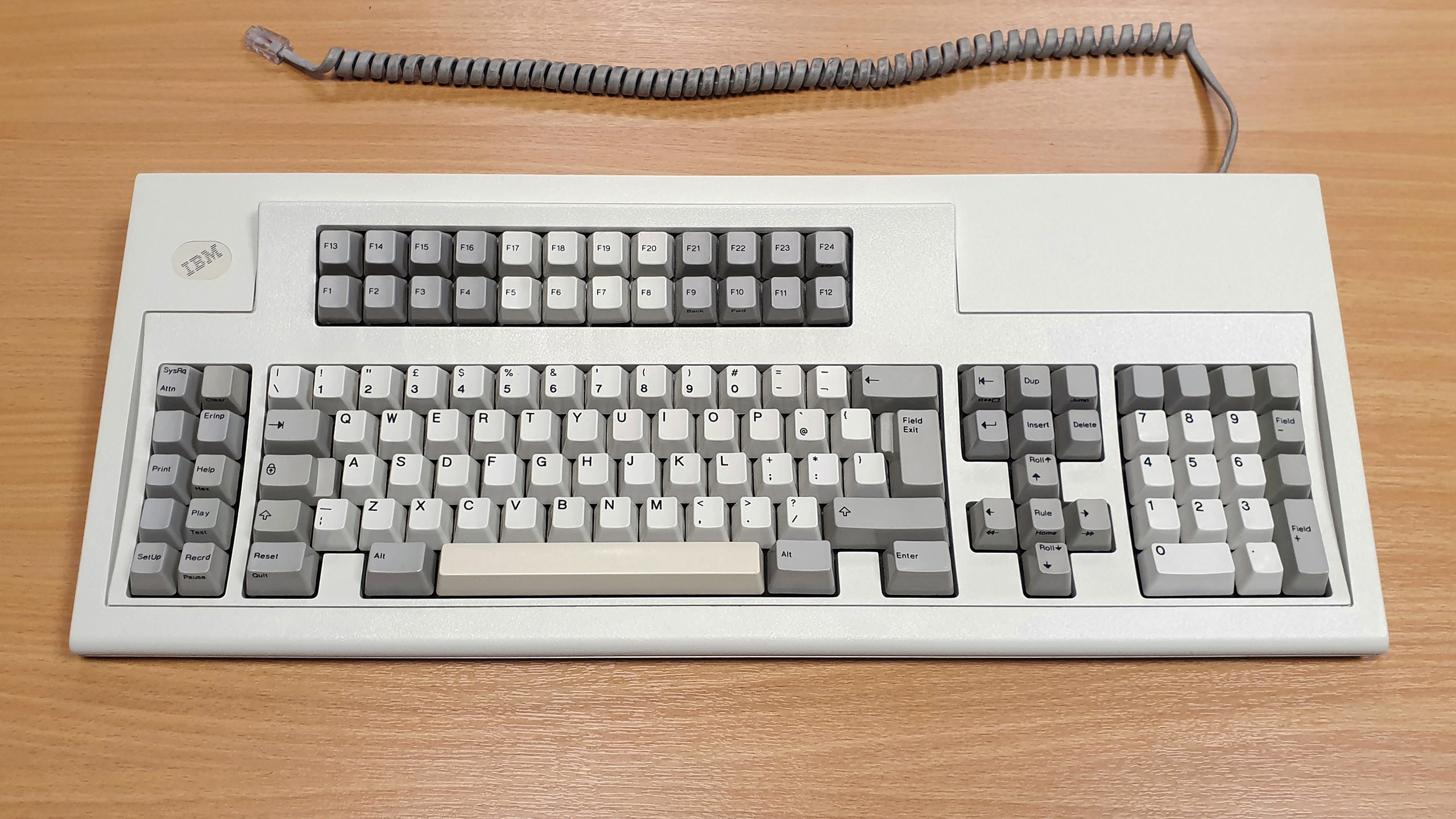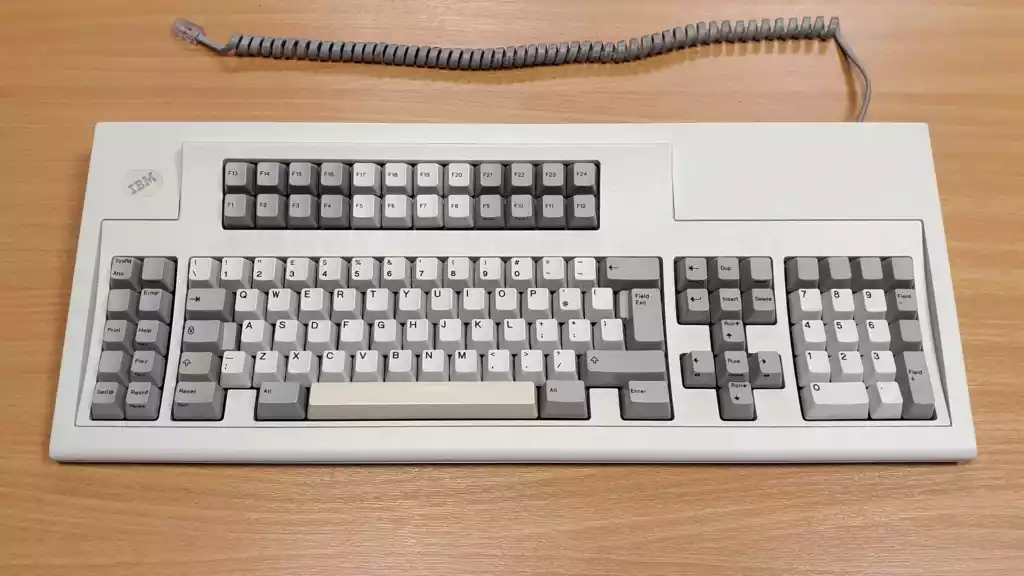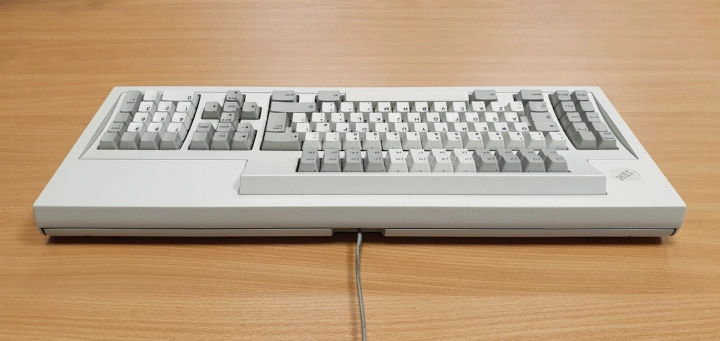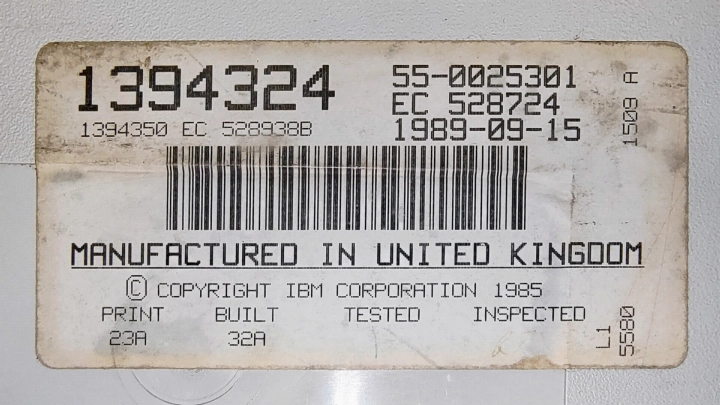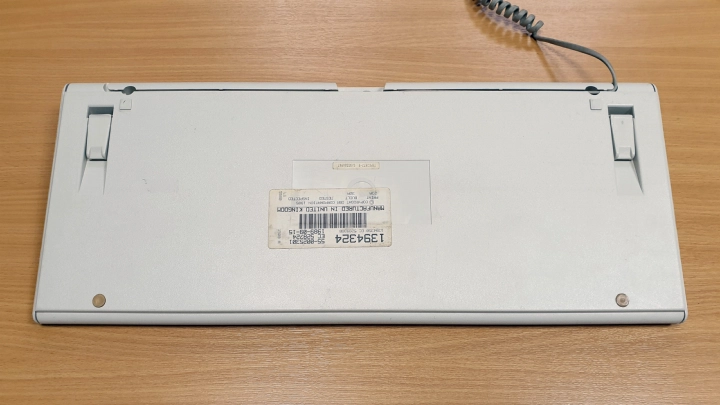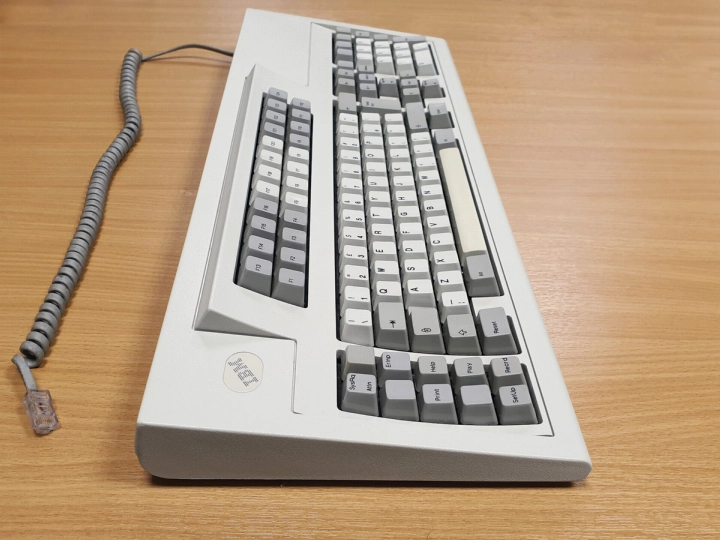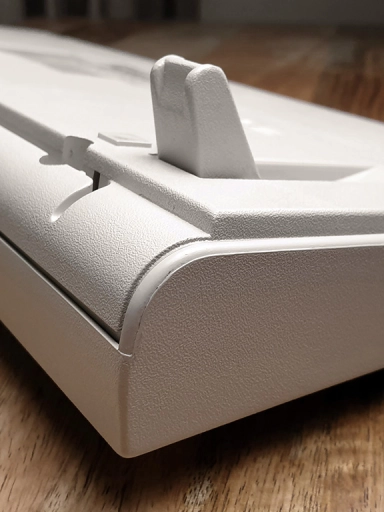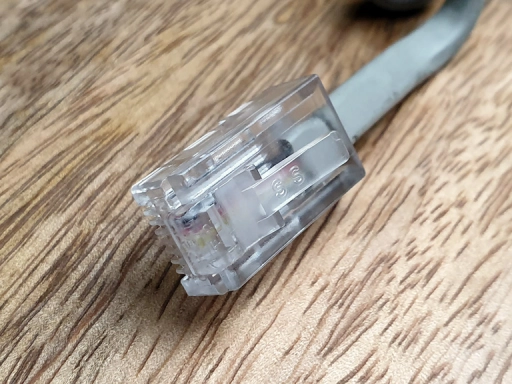SNKB-M1989-BT3-122
Notes
This keyboard was featured in my Differences between and classifications of 122-key Model Ms comparison topic.
| Full name | IBM InfoWindow Twinax Display Station Typewriter Keyboard |
|---|---|
| Part number | 1394324 |
| Type | Model M/Model 1A Type III 122-key Converged Keyboard |
| Nickname | Battlecruiser |
| Known host systems | IBM 3476 InfoWindow Display Station (IBM 5250 family) IBM 3477 InfoWindow Display Station (IBM 5250 family) |
| Keyswitches | IBM membrane buckling springs |
| Feet | Single-setting elongated flip-out feet |
| Date of production | 1989-09-15 |
| Date of acquisition | 2019-09-12 |
